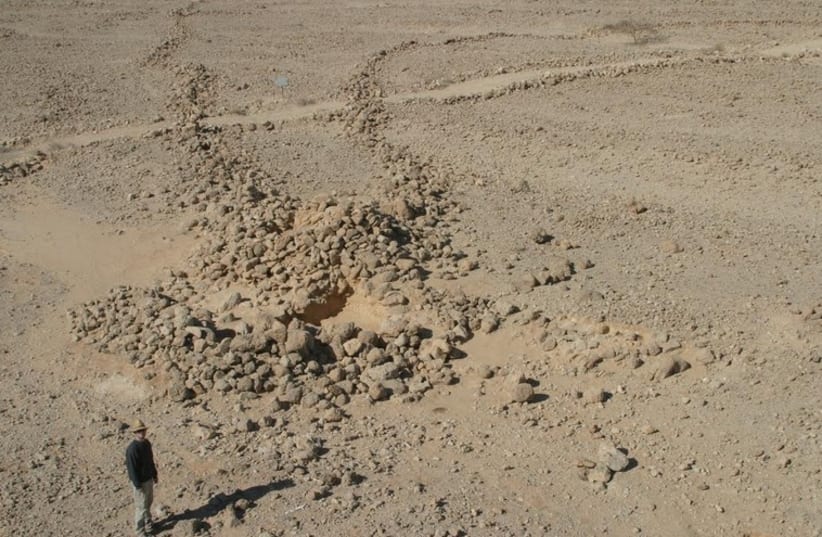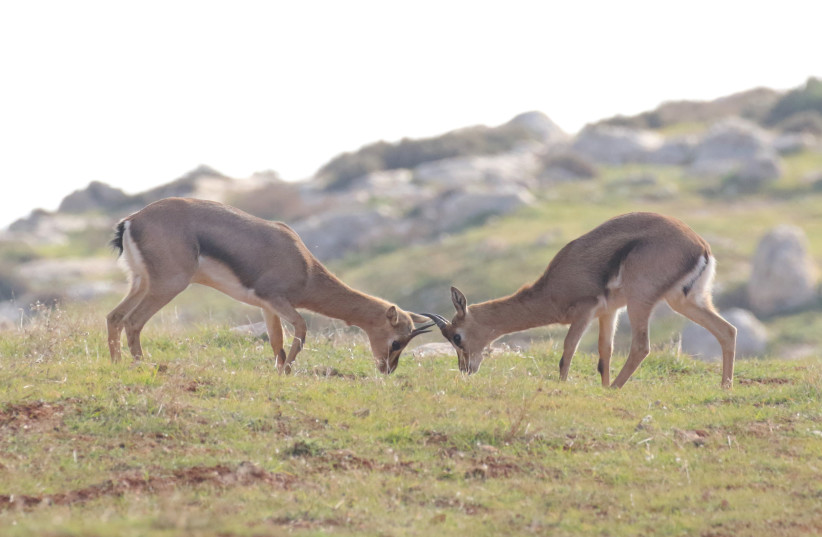After a century of research, archaeologists from the University of Haifa, the University of Western Australia, and France’s National Centre for Scientific Research have recently discovered that mysterious shapes in the desert resembling "kites" were actually meant to act as mega-traps to isolate large herds of animals before they met their fates.
Scattered throughout deserts across the Middle East, large structures that look like kites if you see them from above left behind by humans of the Neolithic era (10,000 BCE to between 4,500 and 2,000 BCE, depending on location) have led archaeologists to question their structural purposes for nearly a century.
Finally, experts were able to crack down on these extensive, strategically-planned structures to figure out just what their purpose was.
Coming in many shapes, with at least two long arms, low walls, and ending in a put, some of these structures appear like V's. Others look more circular, and a variety of other shapes throughout the region.
These subtle structures were built to act as mega-traps that allowed groups of people to trap and kill herds in their entirety, rather than one by one. In a series of new archaeological studies and academic papers, industry leaders have tirelessly worked to come to this conclusion and finally find an answer to this desert-based global archaeological phenomenon.
There are at least 6,500 of these archaeological marvels worldwide, with the Negev being home to some, as well as Saudi Arabia and even Australia. The earliest "kites" are recorded in Jordan dating back around 10,000 years, with others popping up across the globe as recently as 6,000 years ago.
Just because these structures were created in prehistoric times, it doesn't mean that their usage stopped there. Researchers have identified 12 prehistoric kites in Israel alone, according to profs. Dani Nadel and Guy Bar-Oz of the University of Haifa. The experts shared that the dating for these kites is unclear, but the last known use of mega-traps of this nature was as late as the 20th century.
Why do these kites exist?
These giant walled kites were not meant to help with the slaughtering of animals that have been domesticated through the centuries - pigs, cows, goats, and so on, but were meant to help hunters trap and kill animal breeds that were not able to be domesticated.
Antelopes, deer, gazelles and other species would find themselves plummeting to their deaths en-masse as part of a scheme to make wild animals that were otherwise difficult to tame more susceptible to mega hunting efforts.

